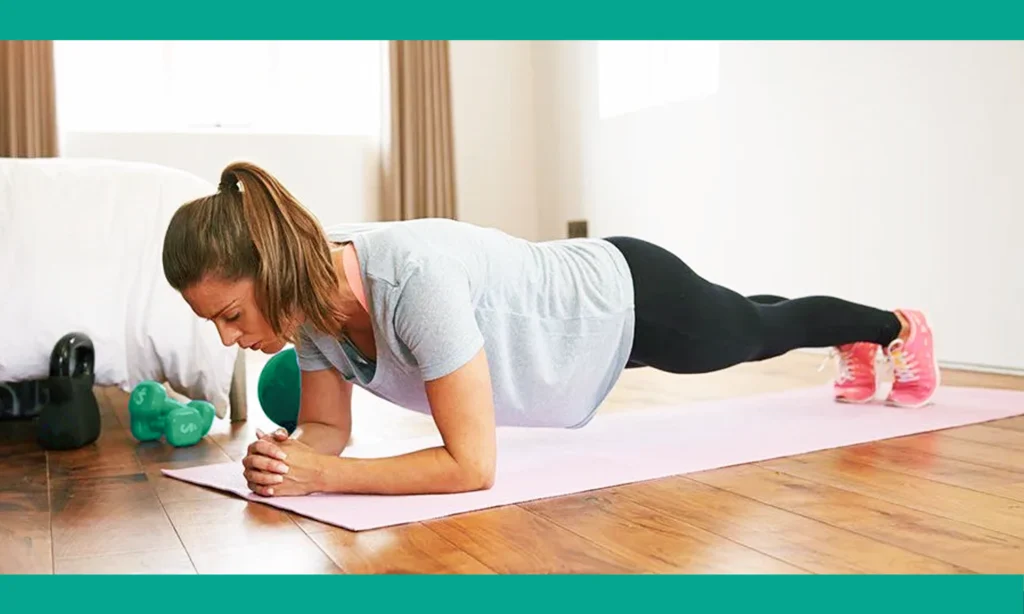Original Source:
Elpais.com
To prevent osteoporosis, it is essential to include progressive strength exercises, especially for the legs. Additionally, incorporating activities that improve balance and have an impact is recommended.
Postmenopause, marked by decreased female hormones like estradiol, increases the risk of osteoporosis due to accelerated bone density loss. Physical exercise, especially focusing on vulnerable areas like the hips and lumbar region, is crucial to prevent and reverse this condition.
Studies indicate moderate benefits in bone mineral density, being more effective in early menopause stages. Impact activities and strength training, mainly in the lower body, show more positive results, while aerobic exercise like swimming or cycling may not be as beneficial for bone health. Additionally, there’s a growing concern about the potential negative effect of prolonged contraceptive use, especially those based solely on progestogens, in postmenopausal women. In this case, regular exercise becomes an essential tool for maintaining bone health.
It’s possible to counteract the negative effects of menopause on your bones through an active approach to physical activity, prioritizing specific exercises to strengthen and protect the most affected areas. With this approach in mind, here are some recommendations for physical activity and exercise to support bone health.
TO INCREASE BONE STRENGTH↓
1. Include IMPACT exercises in your routine.

● Vary the activity: Begin with low-impact exercises like walking and stair climbing, gradually progressing to moderate activities such as low-impact jumps or zumba. Ensure variety in movements and directions.
● Frequency and duration: Exercise most days, with 20-minute sessions. If including moderate impacts like jumps, 50 impacts are sufficient.
2. Strength exercises

● Prioritize weight-bearing exercises for upper and lower limbs, focusing on spine and hip extensions. Progressively increase loads to enhance muscle mass.
● Frequency: Train 2-3 times a week, with 3-4 sets per exercise. This approach contributes to muscle mass building, benefiting bone health.
● Intensity: Progress with loads, emphasizing technique and aiming for 80-85% intensity (heavy loads).
3. Work on balance-improving exercises.

Preventing falls is crucial to avoid potentially severe injuries.
● Focus on strength and balance:Incorporate specific balance exercises like tai chi, dance, yoga, or pilates to prevent falls and reduce fracture risk.
● Weekly frequency: Perform these activities 2-3 times a week. In case of previous falls, daily practice is suggested.
4. Include posture and strength exercises in the abdominal region (core):

● Type of activity: Core exercises, especially targeting spinal erectors. Swimming, yoga, and pilates also contribute to this goal.
● Frequency: 2-3 days per week.
When planning a bone health exercise program, considering the bone mineral density level is essential. Adequate supervision by a fitness professional is key, adapting the plan according to bone status. In menopause, physical activity is crucial to staying healthy and active. Respond to menopause with movement and vitality!

